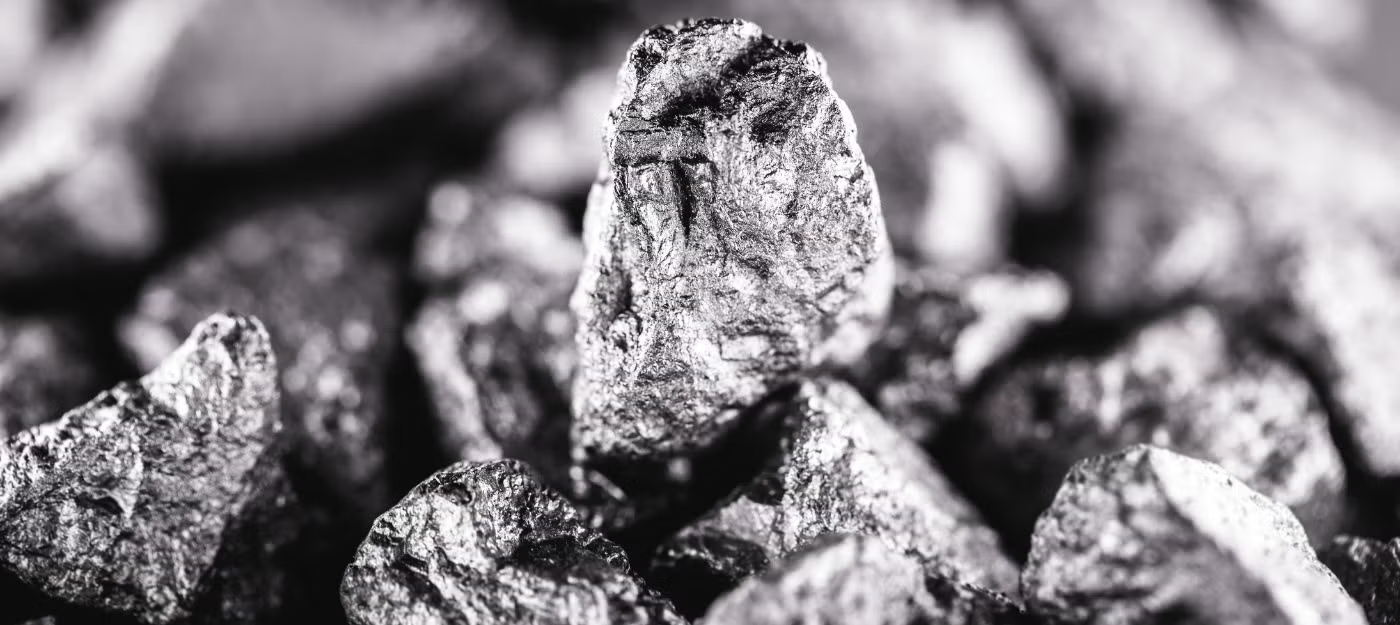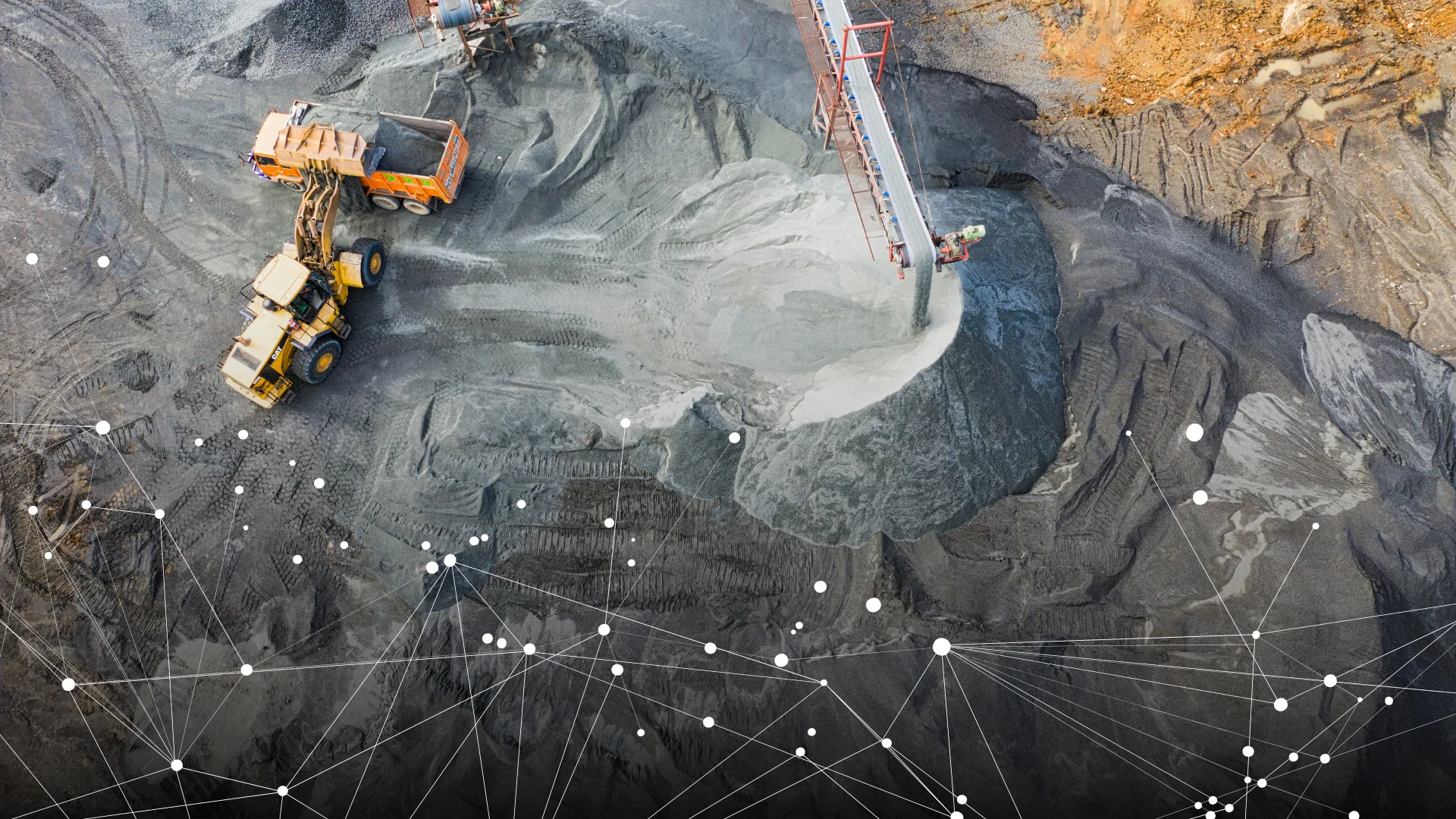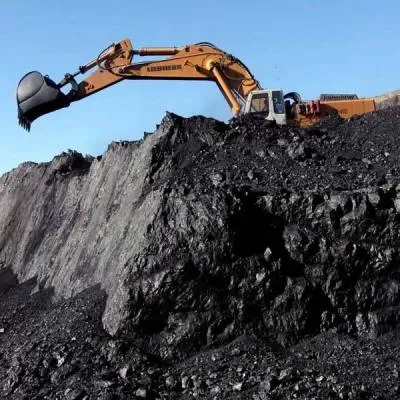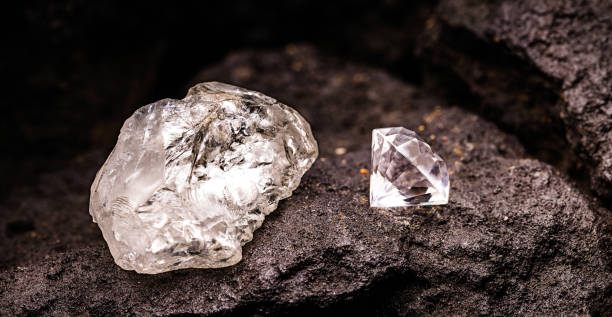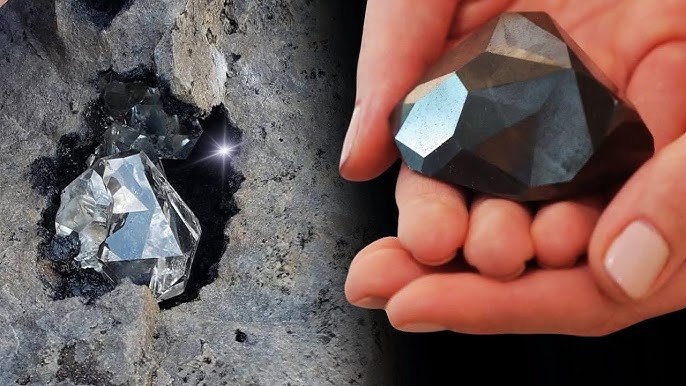Silver has been a prized metal for thousands of years, valued for both its practical applications and as a store of wealth. Unlike gold, silver serves dual purposes: industrial use and investment potential, making it a unique commodity in global markets. Understanding silver mining and the factors influencing its market value is essential for investors, industries, and economies worldwide.
The Process of Silver Mining
Silver mining involves extracting silver ore from underground or open-pit mines. Leading producers include Mexico, Peru, China, and Australia. Silver is often found alongside other metals such as gold, copper, and lead, and refining requires advanced technology and expertise. Production costs—including labor, machinery, and energy—significantly influence profitability for mining companies and, ultimately, the market supply of silver.
Factors Influencing Silver’s Market Value
The market value of silver is determined by a combination of supply and demand dynamics. On the demand side, silver is heavily used in electronics, solar panels, medical devices, and jewelry. Its industrial applications make silver more sensitive to economic cycles than gold. When industries grow, demand rises, pushing prices higher. Conversely, during economic slowdowns, decreased industrial demand can lead to lower prices.
Investment Demand
Silver is also considered a safe-haven asset, especially during periods of inflation, currency fluctuation, or geopolitical uncertainty. Investors purchase silver in the form of coins, bars, or exchange-traded funds (ETFs) to protect wealth and hedge against volatility. Central banks and financial institutions often hold silver reserves as part of a diversified strategy, which further influences its market value.
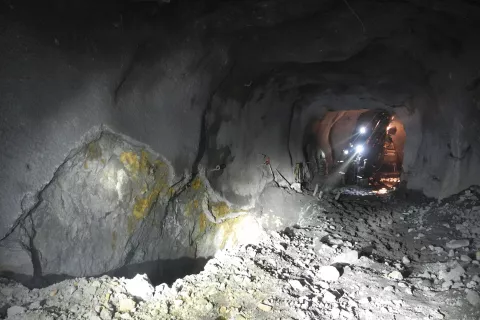
Global Events and Market Volatility
Geopolitical tensions, trade disputes, mining strikes, and changes in export policies from major producing countries can create short-term volatility in silver prices. Additionally, technological advancements—especially in renewable energy and electronics—can increase long-term demand, impacting price trends and investor sentiment.
Environmental and Sustainability Considerations
Sustainable mining practices are becoming increasingly important in the silver industry. Companies are implementing strategies to minimize environmental damage, reduce carbon emissions, and manage water usage effectively. Responsible mining not only protects the environment but also strengthens corporate reputation and ensures long-term operational viability.
In conclusion, silver mining and its market value are closely tied to industrial demand, investment trends, and global economic conditions. As a versatile and valuable metal, silver continues to play a vital role in both industry and finance. Understanding production costs, market dynamics, and sustainable practices is key for investors, companies, and governments seeking to leverage the potential of silver in the global market.
The Rise of Sustainable Mining
The Environmental Impact of Mining
![]()

